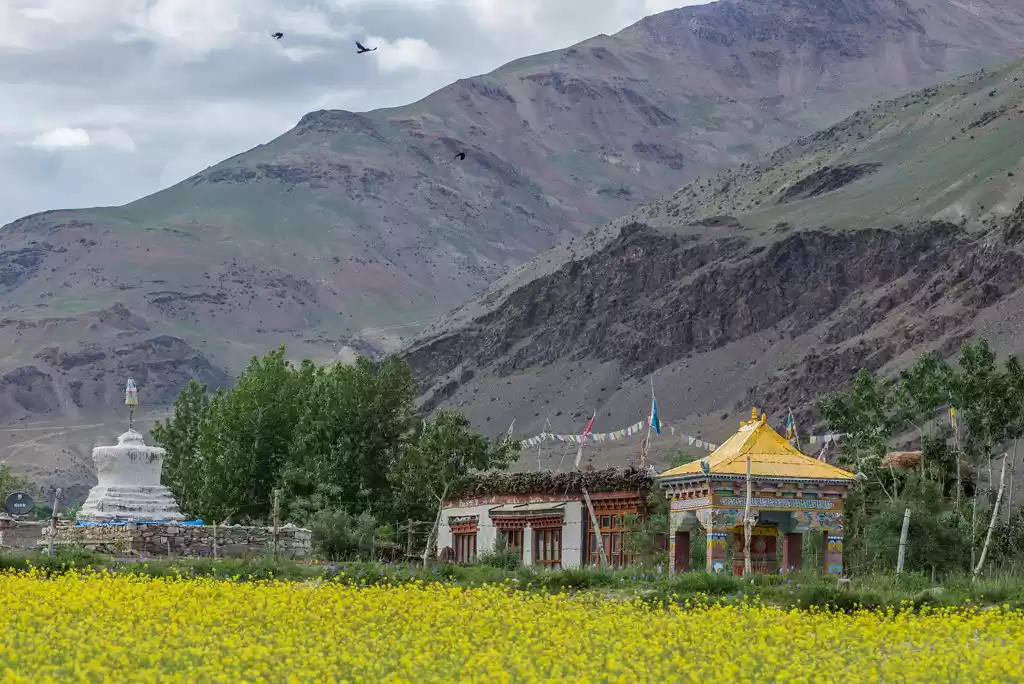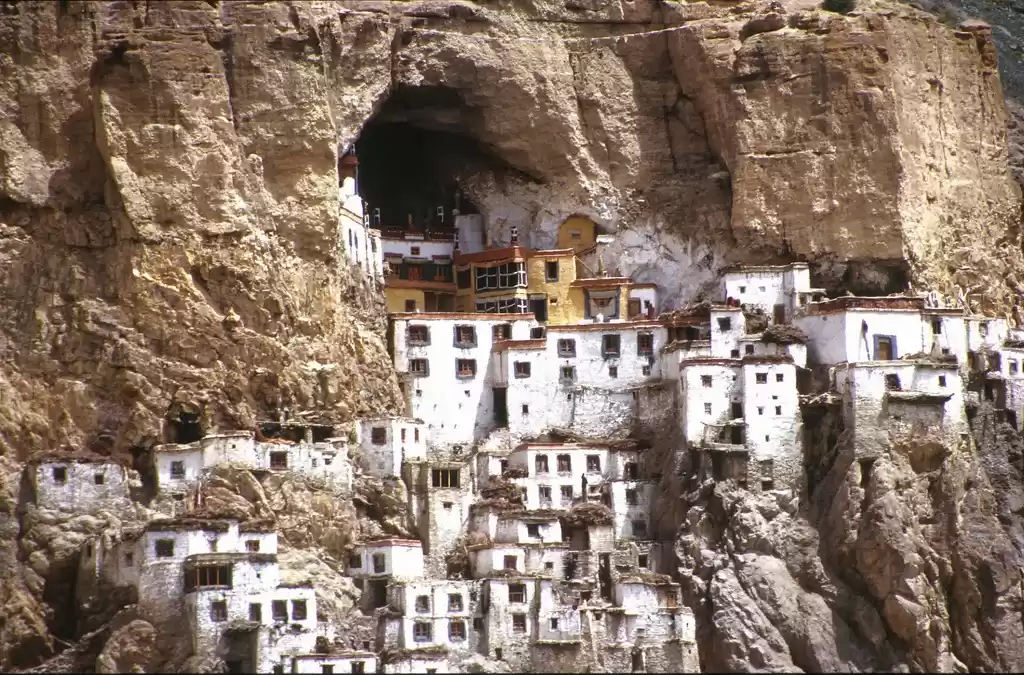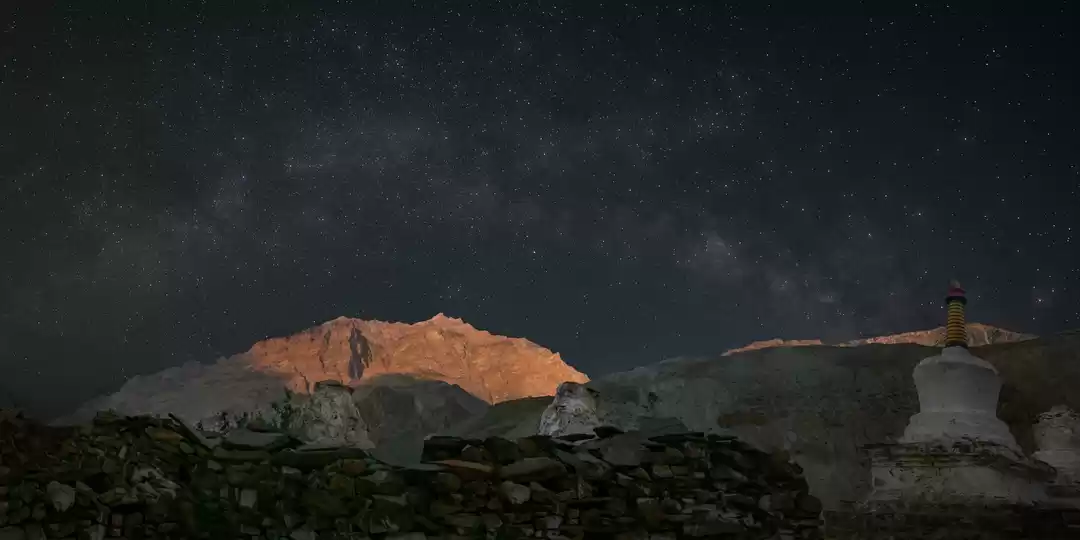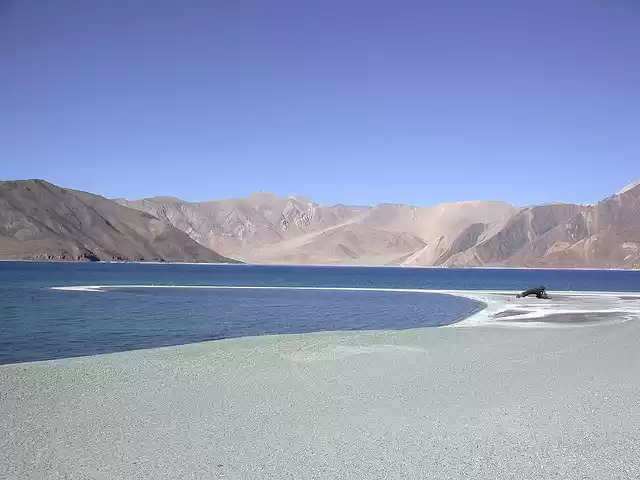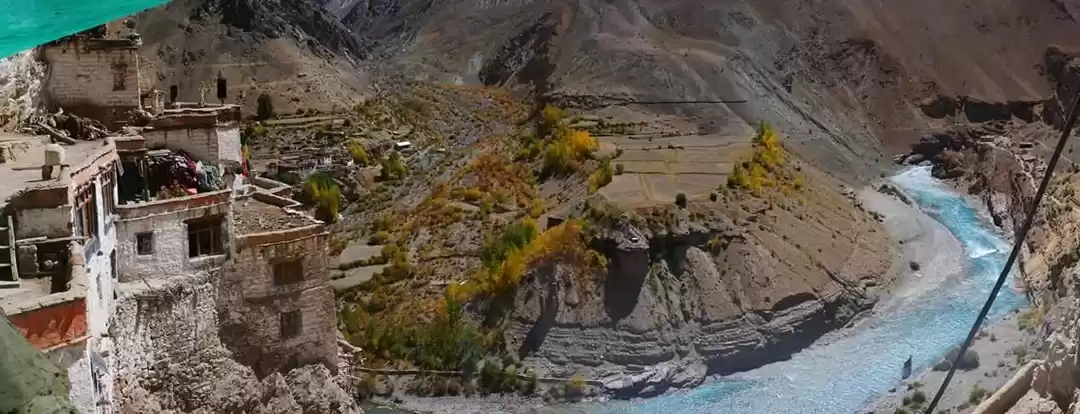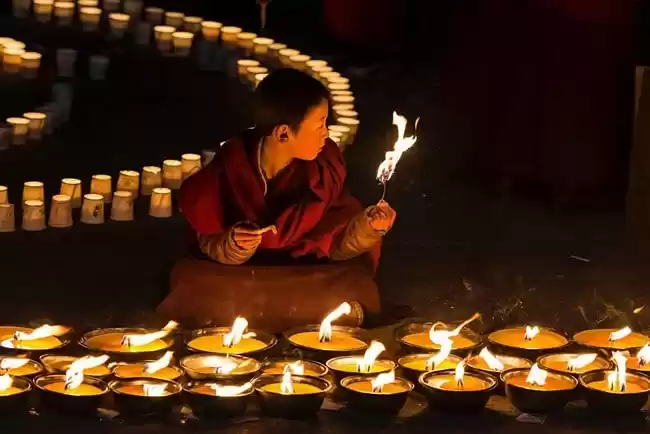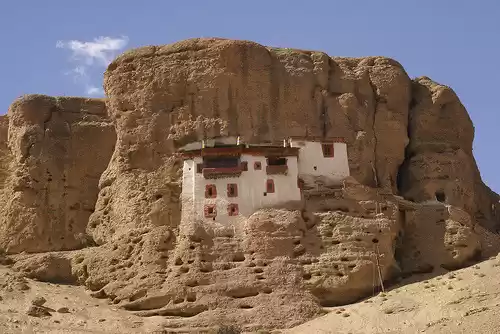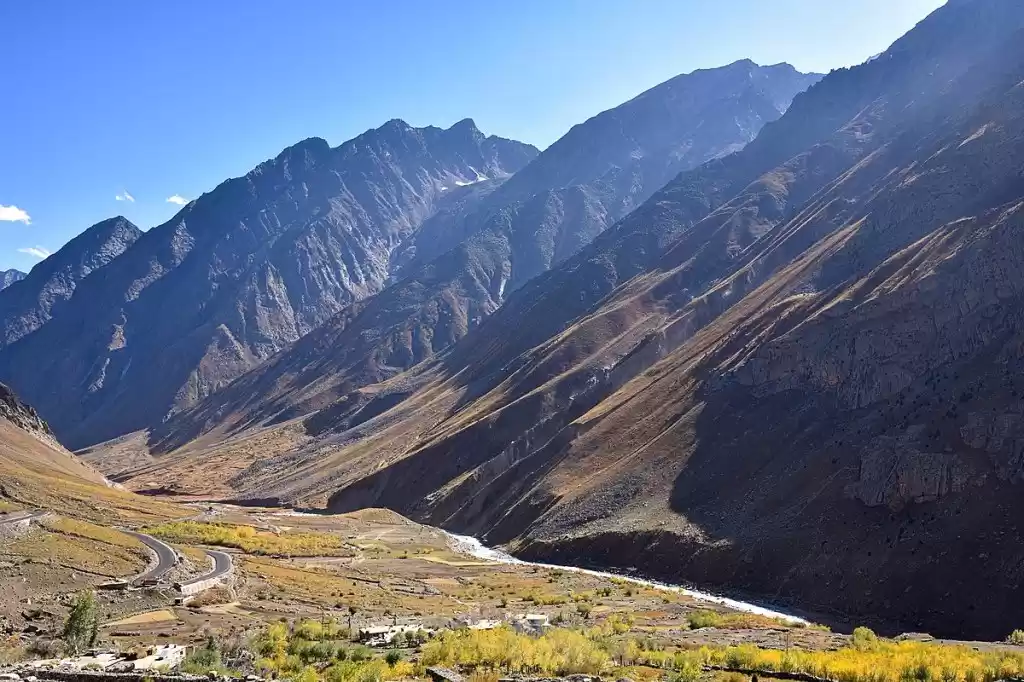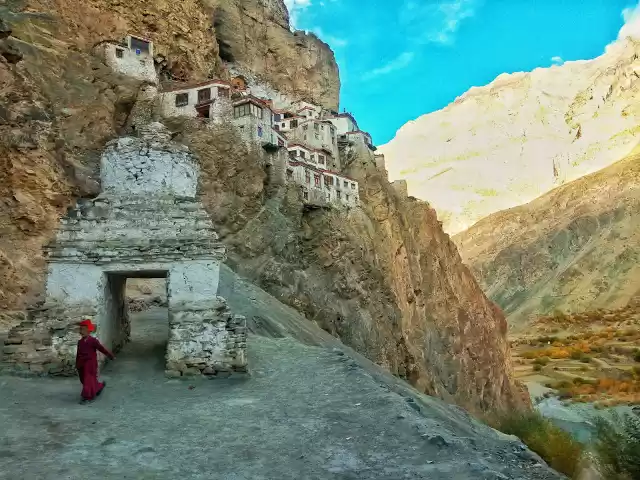
With monasteries dating back centuries, treks that are a blessing of nature with something incredible to offer to each visitor, and gorgeous mountain and valley views – that’s Zanskar for you. Also oft known as a Buddhist valley, it is particularly well known for the Chadar trek, and the seven timeless monasteries, each having a story of its own. Here’s a glimpse of what the seven monasteries of Zanskar have in store for travellers. They are accessible during the summer months (May to September) as most routes are covered with snow the rest of the year.
Karsha Monastery: The largest of its kind in Ladakh, this Buddhist monastery is located in Karsha village in the Padum valley of Zanskar. The Doda River flows past the monastery, also known as Karsha Gompa, thus lending it gorgeous views and serene environs. A massive collection of traditional Thangkas, centuries’ old wall paintings and the chortens are the highlights of any visit to this temple complex. The huge white-washed temple complex, several big and small places of worship and the residential premises of 100 monks living here are sure to keep you engrossed on your visit.

Phugtal Monastery: The fact that Phugtal (or Phuktal) is among the few monasteries in the region that can only be reached by foot says a lot about its remote location. Situated in south-eastern Zanskar in Lungnak Valley, it is a cliffside structure ‘almost’ built inside a cave and that earns it the title of a ‘cave monastery’ too. 'Phuk' translates into cave and 'Thal' means at leisure in the local language. This takes us back to the belief that led to what this monastery is today – it was believed, hundreds of years ago, that this is the hidden place to find peace and experience spirituality, and was thus named Phuktal.
Prayers are held at 4:30 a.m., 12 p.m. and 7 p.m daily in the summer months.

Dzongkhul Monastery: Yet another cave monastery, it is believed that Zongkhul was built by Naropa, the revered Buddhist yogi. In fact, the entrance of the complex is even said to have a footprint of Naropa. Other things to look out for include ancient wall murals and frescoes, ivory statues of important deities, a crystal Stupa, traditional Thangkas and prayers/mantras in the form of inscriptions. Located in Stod Valley, the trek to this monastery is a tough one and will surely challenge the adventure enthusiast in you.
Stongdey Monastery: The oldest and second largest monastery in the region, Stongdey is also known as Stongde, Stongday, Tonday or Thonde. While a strenuous trek takes you to this place about 18 kilometres away from Padum, the beauty of the monastery and its untouched surroundings will make it seem worth the effort. The monastery is known for its gorgeous representation of the deities through paintings boasting of black backgrounds and gold outlines. What’s more, it is also home to various important Buddhist relics, ancient murals and more than 60 Gelukpa monks.
Visit during the Gustor Festival in July to see Stongdey Monastery come alive with colours, celebrations and various cultural performances by the monks.

Sani Monastery: Situated towards the west end of Padum, Sani Monastery’s different parts were constructed over centuries – beginning from the second century to the 17th century. It is believed that the Indian Buddhist yogi Naropa meditated here and a small prayer room has a bronze idol of him to mark the same. The Naro-Nasjal festival in July is the best time to visit this monastery. It is during the festival that various cultural performances and ceremonial masked dances take place in the temple complex.
Mulbekh Monastery: Both Drukpa and Gelugpa gompas can be found at Mulbekh Monastery, and they are closely linked to the palace of Rajah Kalon of Mulbekh. The famous nine metre tall statue of Maitreyi Buddha carved inside a rock is the star attraction here, and is located 45 kilometres east of Kargil. In addition to this, the monastery is also home to relics, inscriptions and paintings dating back to the 14th century. Plan your visit to Mulbekh Monastery during the summer months (June to September) as it remains covered in snow the rest of the year.
The monastery is open daily in the summer months from 8 a.m. to 6 p.m.


Lingshed Monastery: A Gelugpa Buddhist monastery, Lingshed is located near Lingshet village in Zanskar, Ladakh. It isnow headed by the younger brother of Dalai Lama and was visited by Dalai Lama himself in 2009. The monastery boasts of a massive prayer hall called Dhoklang, which is home to many statues including that of Buddha, Mahakala, Yamandhaka and more. The Yamandhaka statue is covered with a veil throughout the year, except on the 15th day of the fourth month of the Tibetan calendar. This day holds immense importance amongst Buddhists from all over the world, and they flock to Lingshed during this time to witness the ceremony. Apart from this, the monastery complex houses many more idols, stupas, murals, manuscripts and relics.















